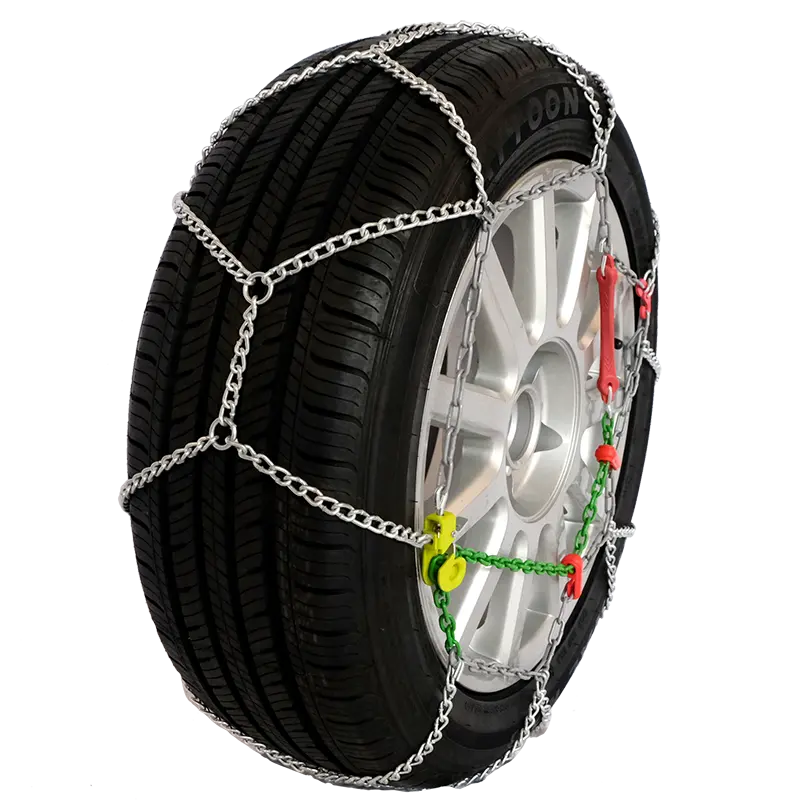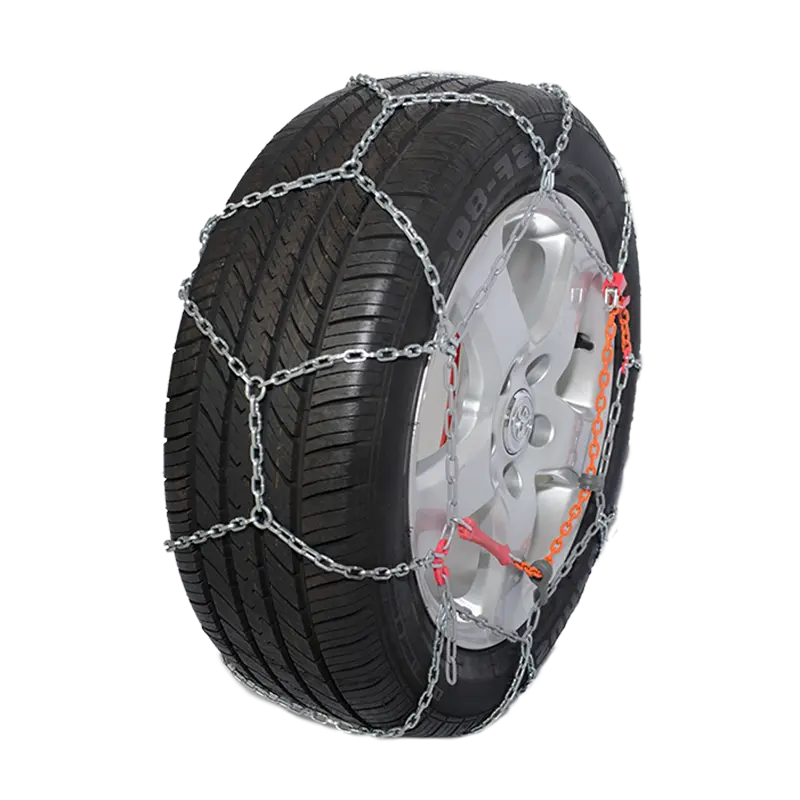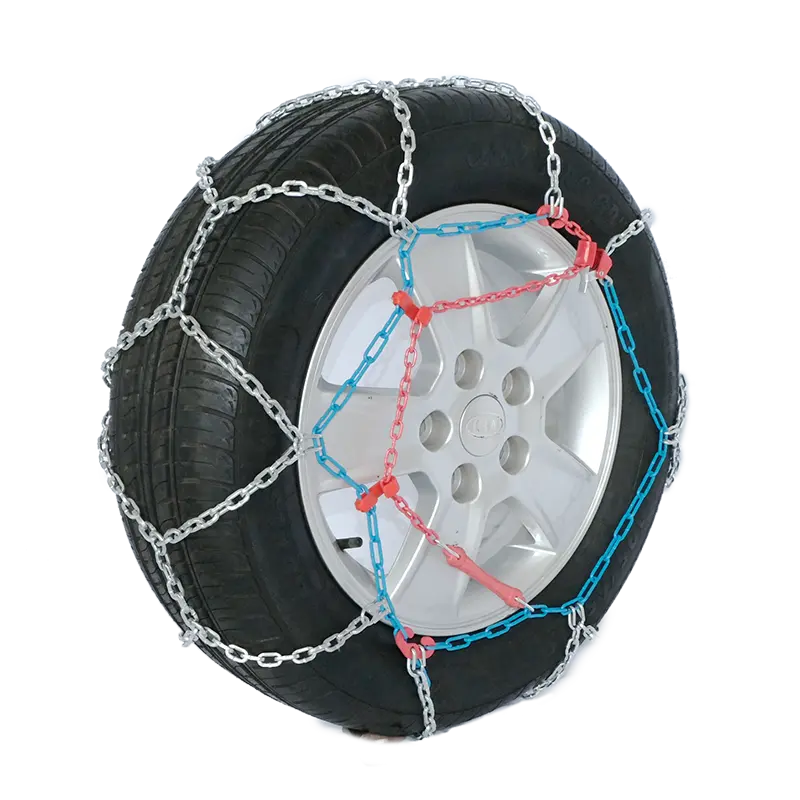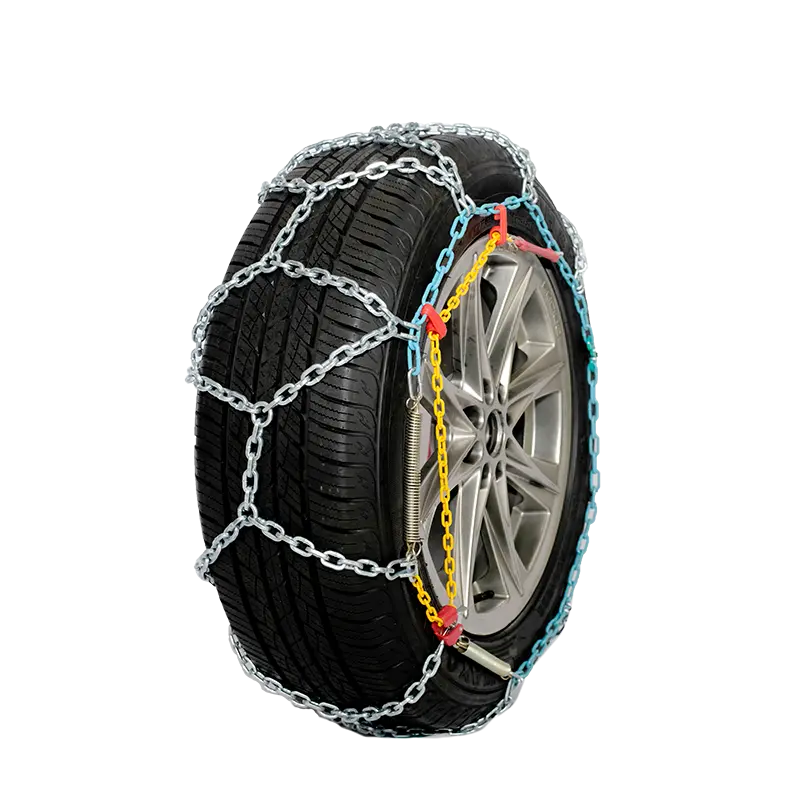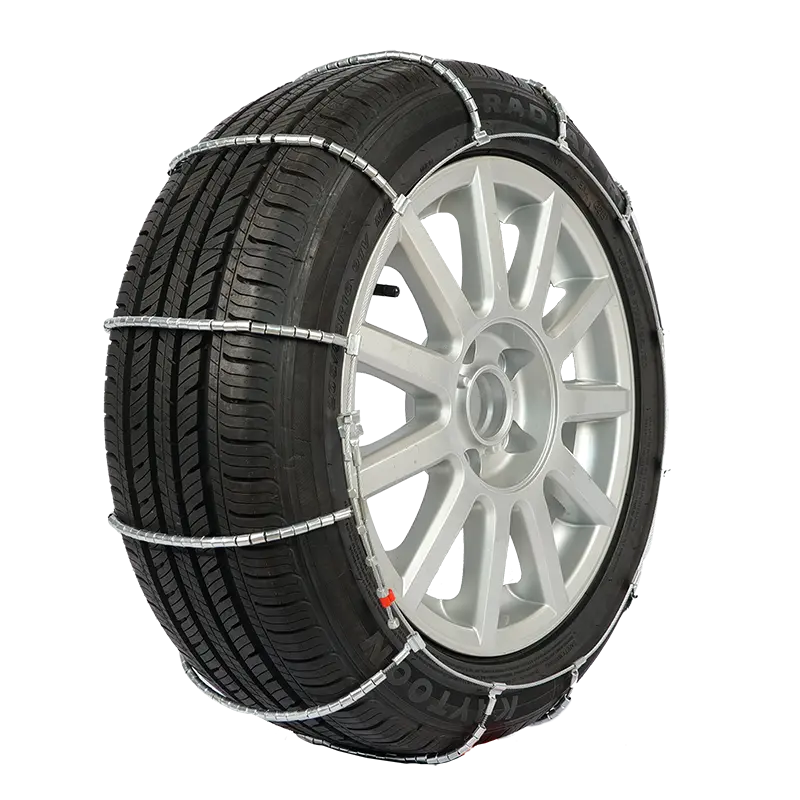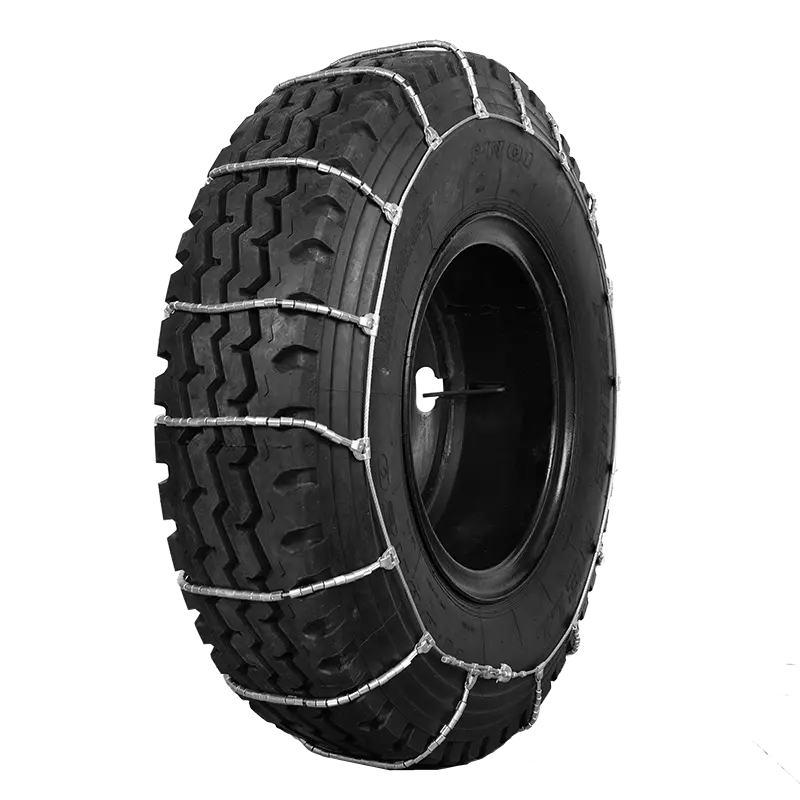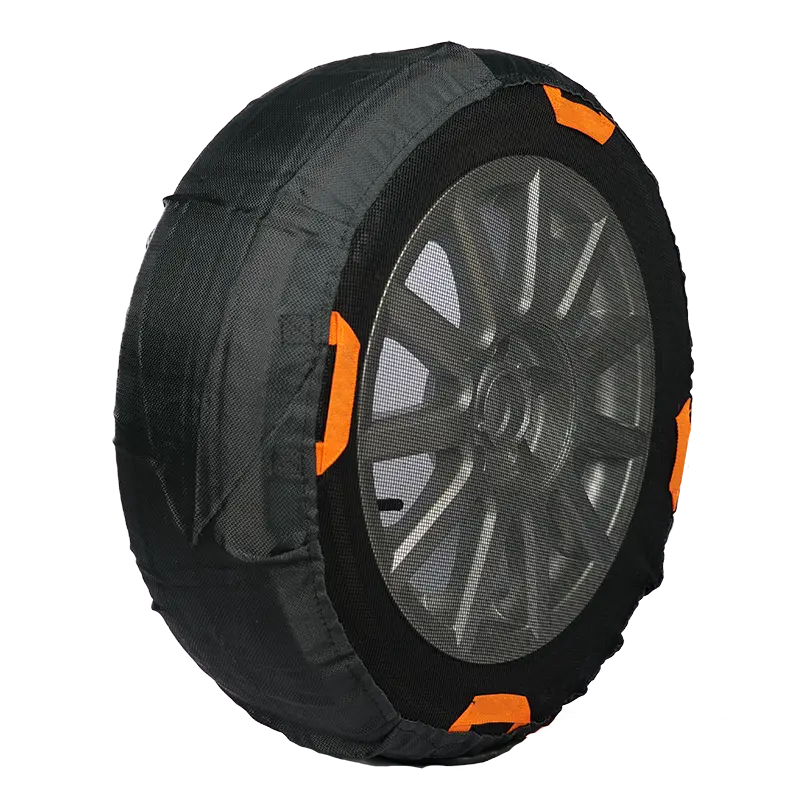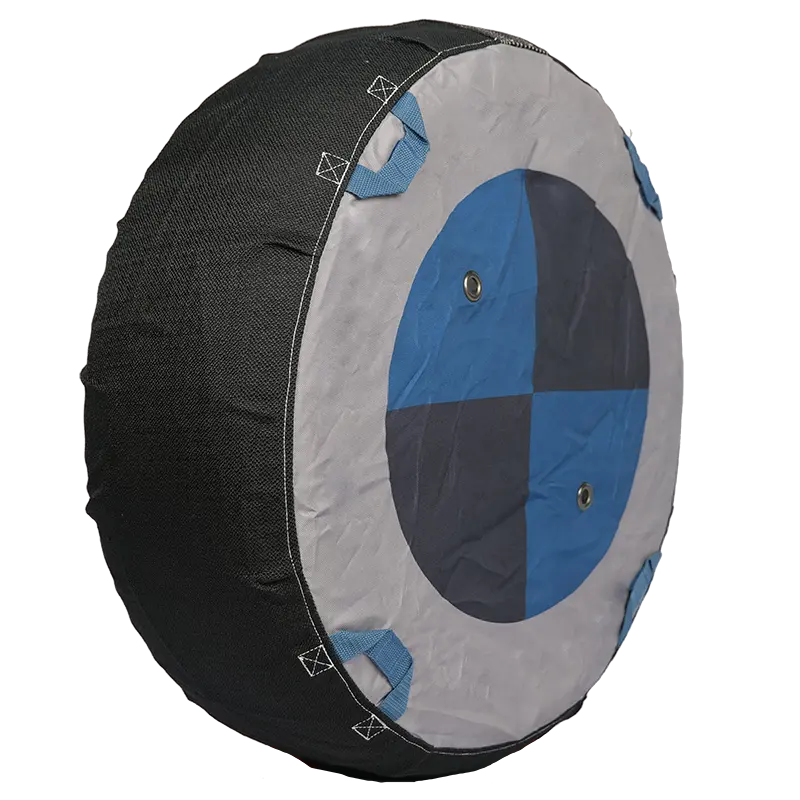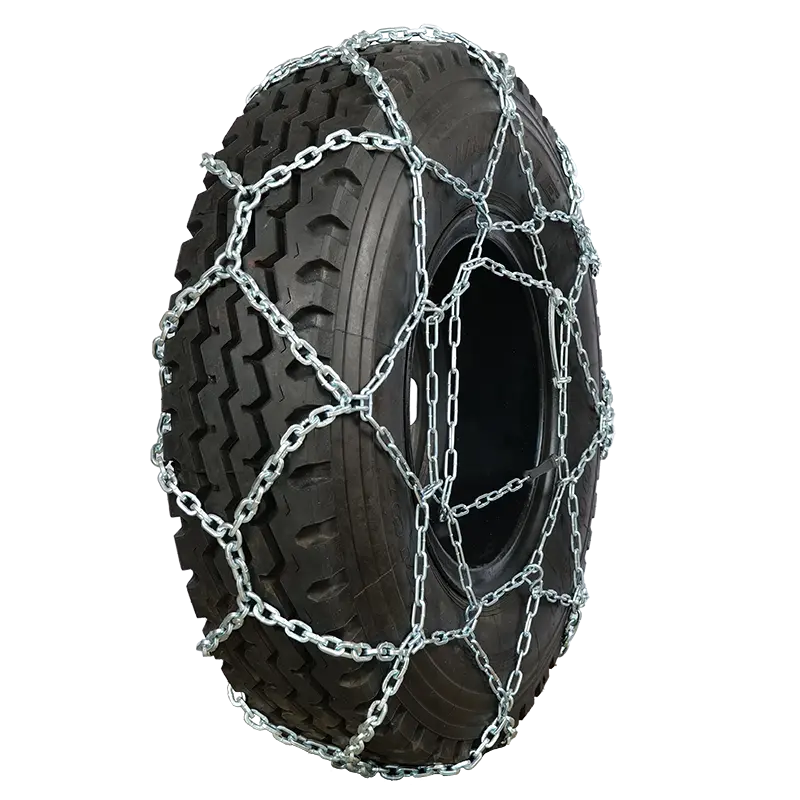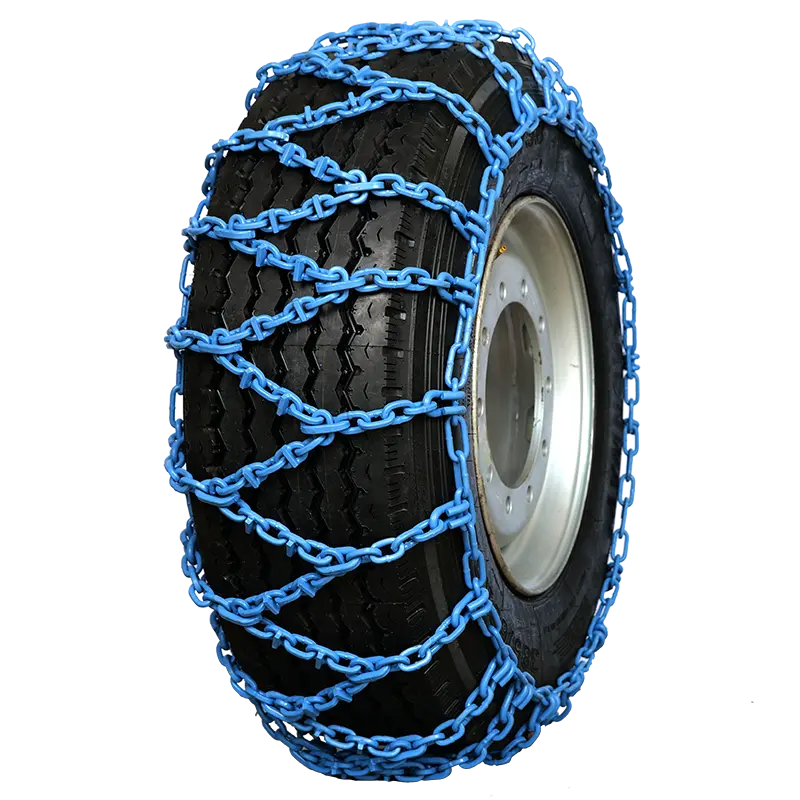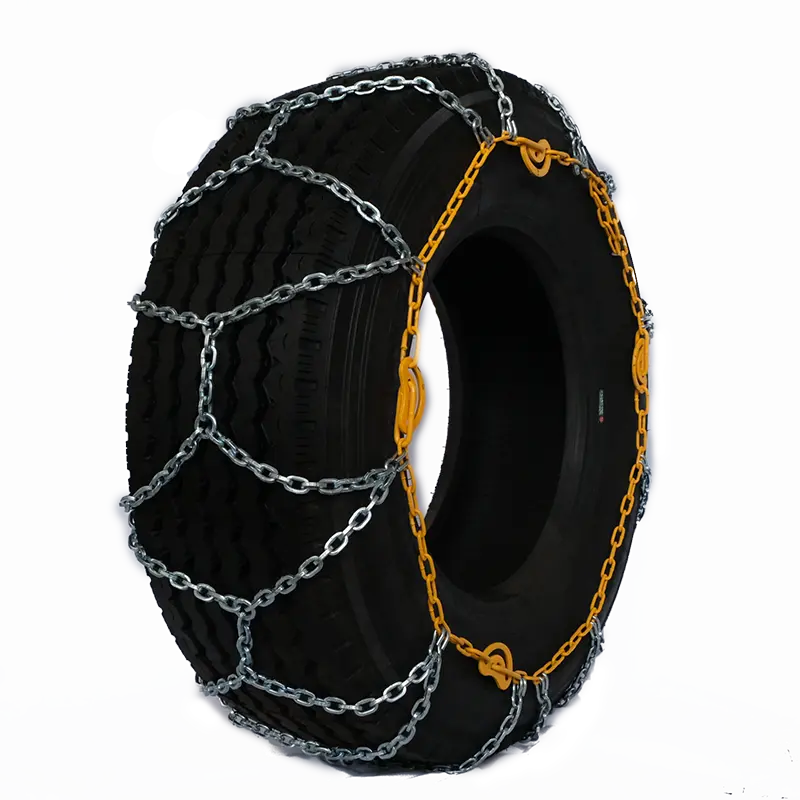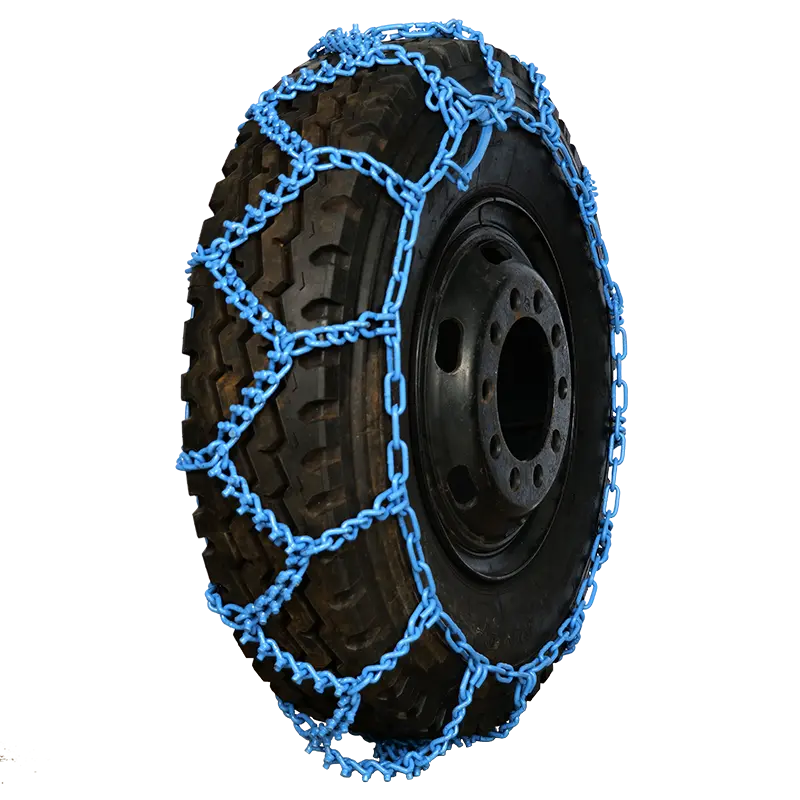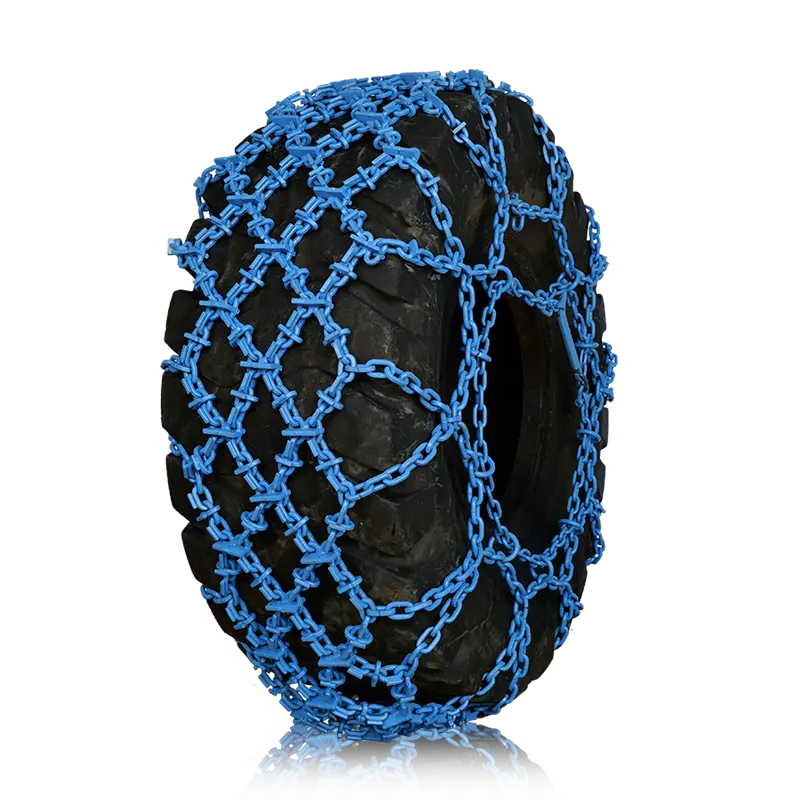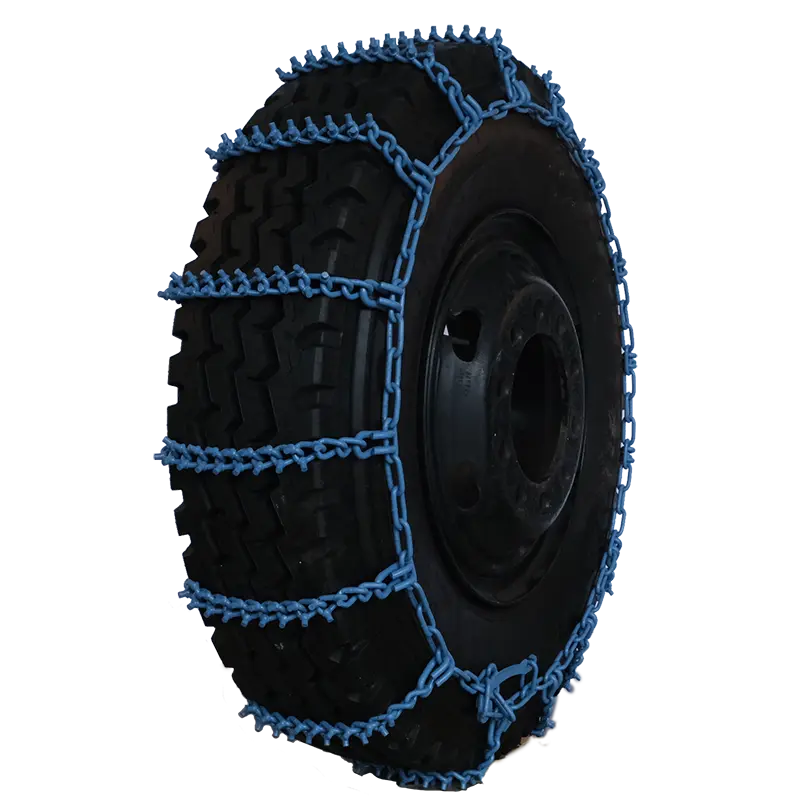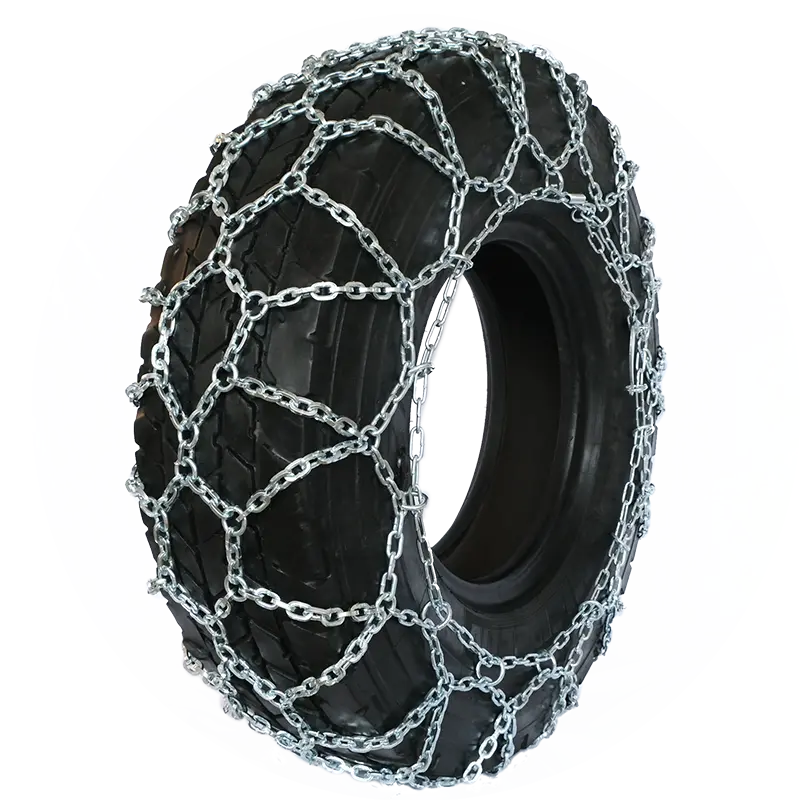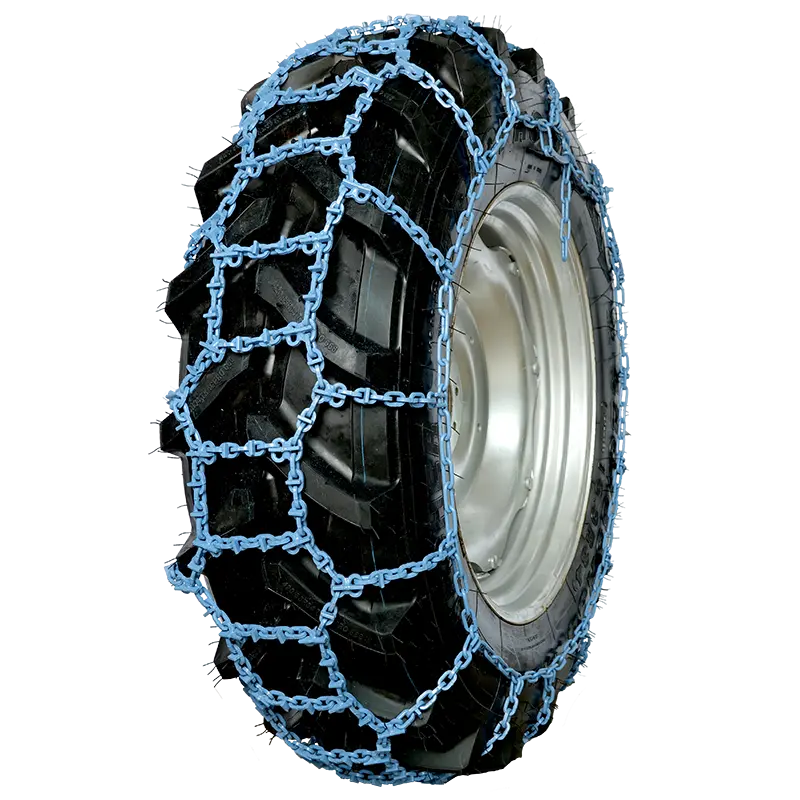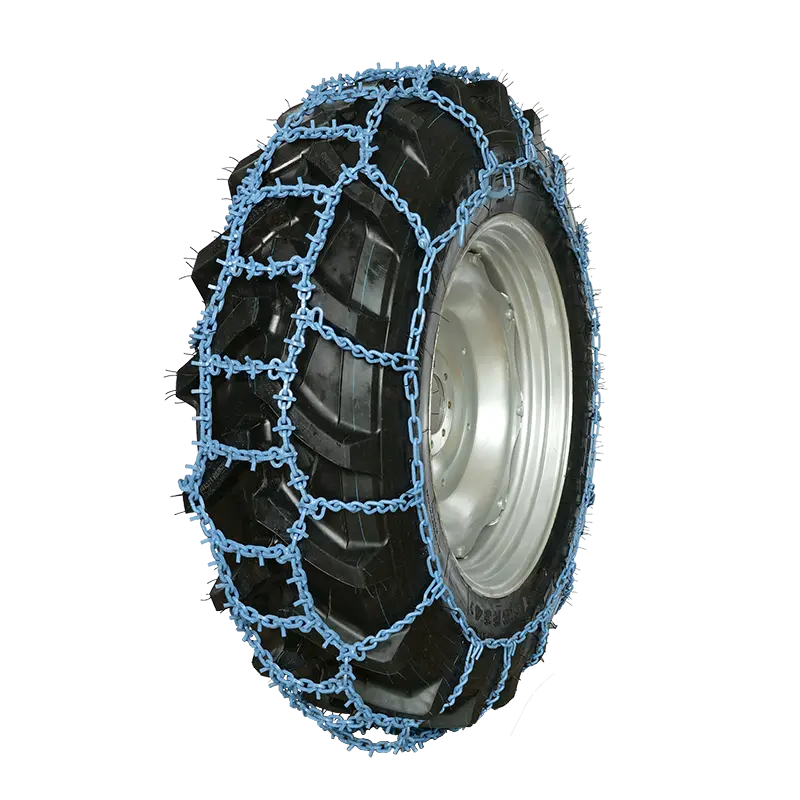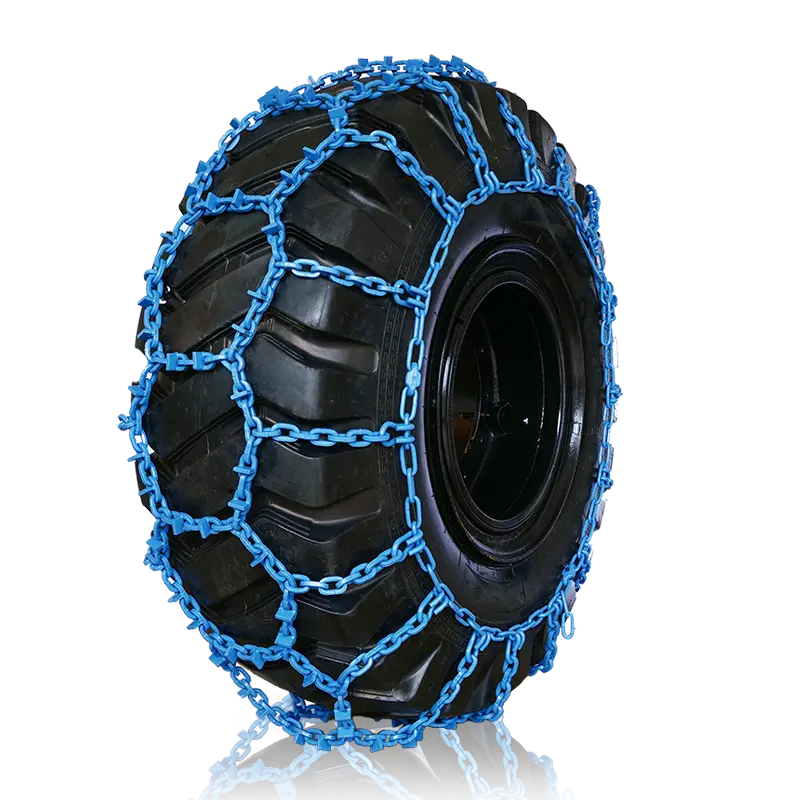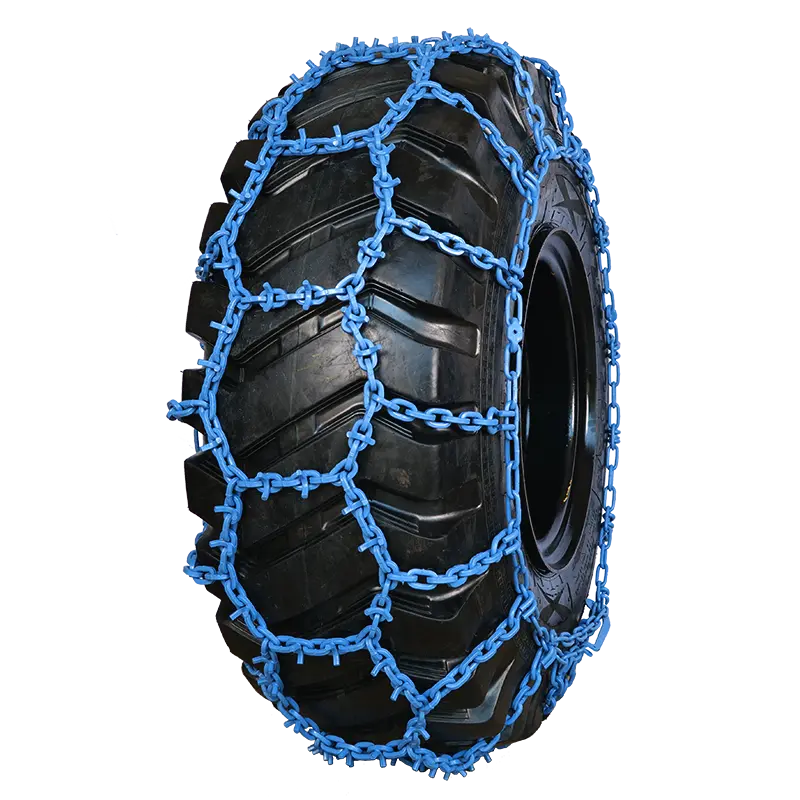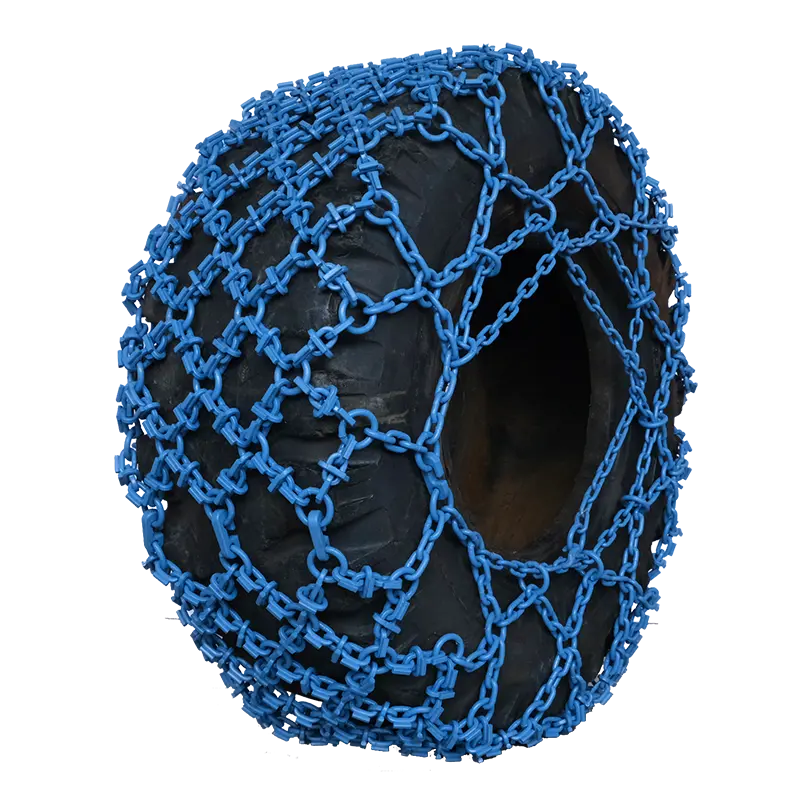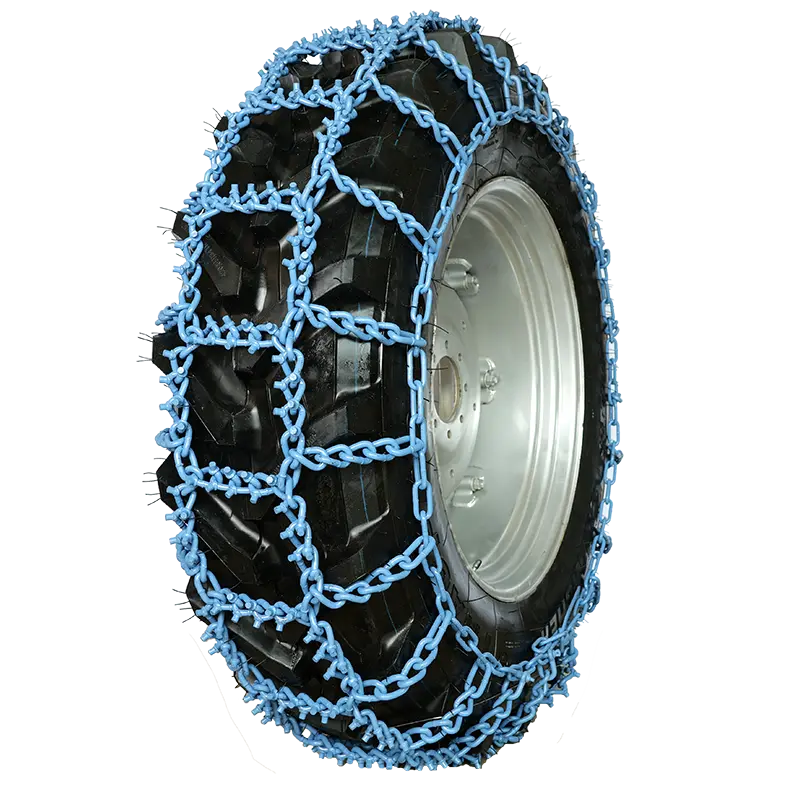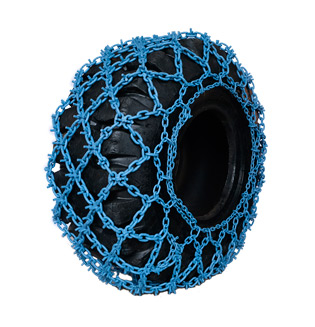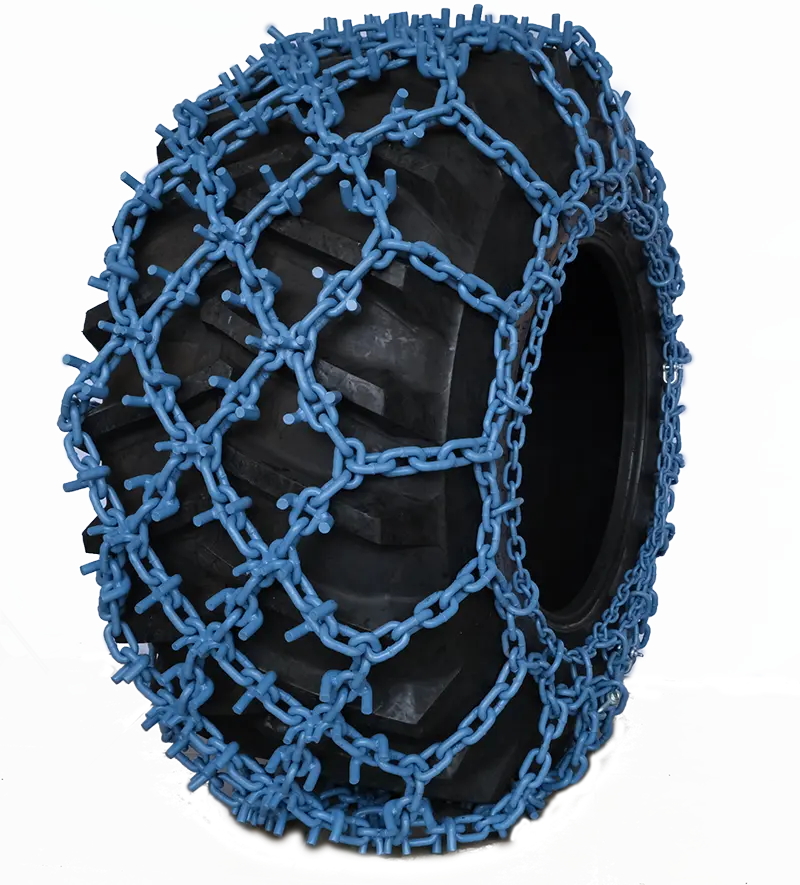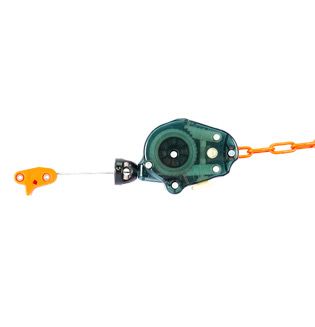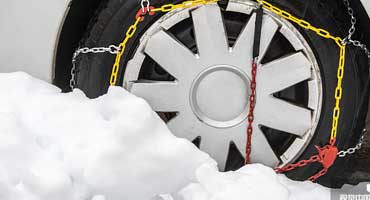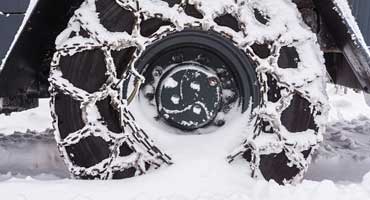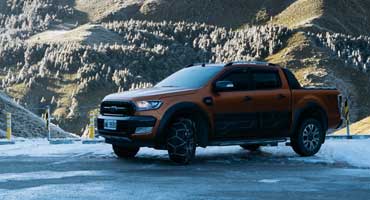In winter, driving often encounters icy and snowy roads. If no safety measures are taken, it can easily cause accidents. The car snow chain is the safety equipment for snow driving. So how much do you know about car snow chains? Will you choose the appropriate auxiliary tool?
Types of Snow Chains
Rubber Snow Chains: Rubber snow chains are made of high-elasticity and wear-resistant rubber similar to car tires.
Advantages: Cold-resistant, wear-resistant, good elasticity, strong friction. Rubber snow chains and tendon snow chains are similar in appearance, consisting of chain body, steel bowl, edge rope, tightening rope, etc.
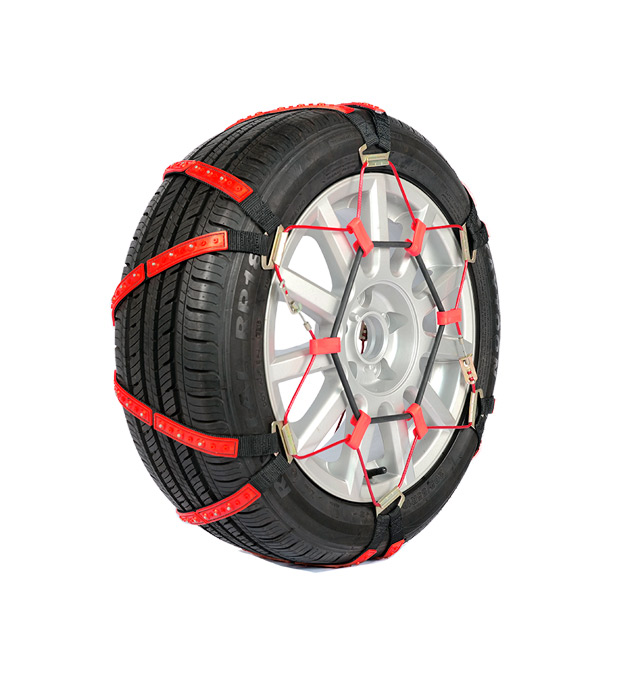
Strap Snow Chains: This type of snow chain is made of a kind of organic polymer material called polyurethane, and polyurethane can be made into snow chains of different colors after adding different pigments.Belt snow chain is a whole strip like a scarf when it is opened, with several diamond patterns in the middle and several steel nails or steel wrists on them.
Advantages: Easy installation, just spread the snow chain on the ground, slowly drive the car on it, and then wrap it around the driving wheel. At the same time, because the material of this snow chain is more resilient, plus the special anti-skid steel wrists and steel nails, it reduces the problem of tire wear and will not damage the body due to chain fracture.
Iron Snow Chains: This kind of iron snow chain is the most widely used and common one.
Advantages: Cheap price, sturdy and durable.
Comparison of Advantages and Disadvantages of Using Snow Chains
About Tire Wear
A hard emergency brake is equivalent to the normal running of the tire for 3000km. After installing snow chains and driving for 100 kilometers, the wear of the tire is equivalent to the wear of the tire during normal driving for 300 kilometers. In this regard, the wear of snow chains on tires is still limited, especially compared with the safety of driving in ice and snow, which is more negligible.
About Increased Fuel Consumption
After installing the snow chain, fuel consumption will increase. The increase in fuel consumption is caused by the rolling resistance on the ground caused by the snow chain, but even if the snow chain is not installed on the icy and snowy road, the fuel consumption will be higher than usual. It is also worth spending more fuel for safety.
About Speed
On icy and snowy roads, the driving speed with snow chains can be increased by 30%-50% compared to without snow chains, and the speed can reach 50km/h. However, driving at higher speeds will be more bumpy. Not only can it increase speed, but it is also safer. After all, for icy and snowy weather, safety is the most important.
Precautions for Using Snow Chains:
The selection of snow chains must match the tire size. Oversized chains, such as using 16mm snow chains on standard passenger tires, may not provide effective anti-skid performance and could potentially detach from the tires due to wheel rotation, causing unnecessary damage. Conversely, undersized chains, like fitting 7mm snow chains onto larger SUV or light truck tires, can exert significant pressure on the tires, leading to possible breakage. It's crucial to choose the correct size, whether it's 9mm snow chains for typical car tires or 12mm snow chains for vehicles requiring heavier-duty traction.
It is advisable to install the snow chains before traveling, rather than waiting until encountering icy or snowy roads. Installing chains on a temporary stop is more troublesome and not conducive to safety. Before installation or removal, make sure to park the vehicle in a safe area.
The snow chains must be installed on the driving wheels. Single-wheel installation of chains is prohibited, as is installing them on deflated tires.
After installing the snow chains, avoid driving at speeds exceeding 50 km/h and refrain from abrupt braking or sharp turns during driving. If any abnormal noise or sensation occurs while driving, please stop the vehicle and check.
Remove the snow chains promptly when driving on non-icy or non-snowy roads.

